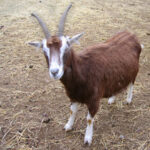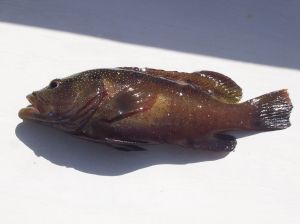Many people wonder if raising cattle is actually a profitable business. Can you make lots of money on cattle or is it only the domain of the big ranchers?
First off, you have to understand the life of an average cow. Most cattle was raised in America are black or red Angus, Holstein’s, or Jersey’s, with the former being for meat, and the latter being for milk. Most cows are actually owned by small time farmers, who usually own less than 200 cows and have an additional job in order to supplement their income.
Simply put, most farmers raise cattle because they enjoy raising cattle. A calf is usually born into a small herd, where it is raised on grass until it is ready to be milked or to be butchered. When it is almost ready for market, the farmer will usually sell it to a feedlot, where it is fattened up and the meat is marbled by feeding corn, and then the cattle are sold to a meat processing plant, or it is then shipped off to local grocery store.
The feedlot only makes about $50.00 per cow, but the farmer actually makes a good deal of money, because the animal is raised on grass for most of the year.
So why should you raise a dairy steer?
Typically, dairy farmers do not need male calves, because they almost give them away or sell them for veal, so you can usually obtain a dairy steer very inexpensively. At an auction, you can typically buy them for $25.00. Although, it is usually better to purchase from a farmer because you are assured of the quality of the animal.
You will then need a purchase about two bags of milk replacer, as you will need to bottle feed the calf until its rumen develops, which allows them to digest grass and grain, at about 3 to 4 weeks. Milk replacer is given through a bottle that can be purchased at your local southern states or farm goods store.
Two other things you will need to do with your calf is to dehorn and to castrate it. Dehorn your dairy steer early with a paste of calcium hydroxide that is simply rubbed into their horn nubs. Castration is done by slipping specially made rubber bands over their testicles, which will then fall off in a month.
After about a month, you will still need to feed them calf starter, which is a specially modified blend of grain which will supplement their daily diet of grass. After a few months, you will need to feed your dairy steer very little grain each day, as their weight will be to the point where they can adequately get their nutrition from grass alone.
During the winter months, you will need to purchase hay and the amount you need to purchase will depend entirely on when you purchase the cow and the region in which you live. Out near the blue ridge mountains in Virginia, there are about three months of winter where cattle cannot forage, whereas up north the winner would be much longer.
When in doubt, simply buy more hay than is needed, as you can always sell the extra bales.
After about a year, your dairy calf should weigh around 700 to 800 pounds and it should be ready for the marketplace. You can sell your dairy steer at an auction or to a local feedlot, and you will typically get around 75¢ per pound of live weight. Typically this will result in margins of around 50%, which is quite respectable for the animal that you are raising.
Having done this myself, I can say that it is certainly profitable but it takes a lot of work so it has to be something that you enjoy. If I was to do it over again I would probably buy black angus because they put on weight faster and the meat goes for a much higher price, but it is still a good project for an amateur who is trying to learn a little bit about raising cows before getting into the business on a larger scale.




